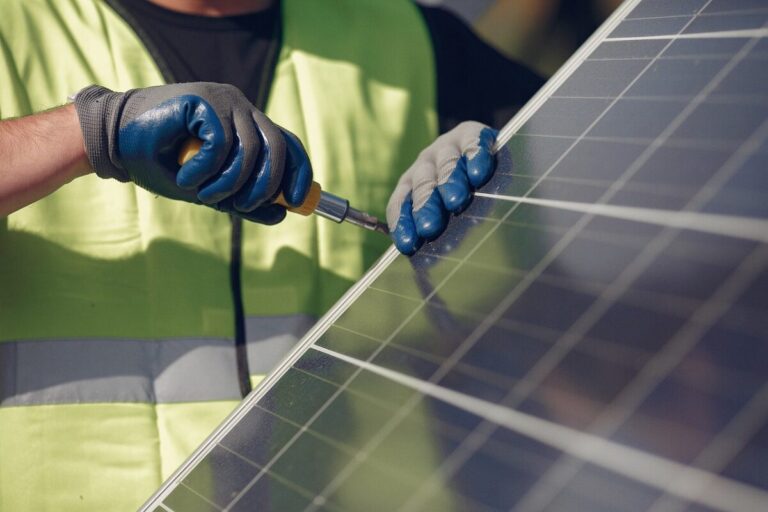Researchers from the University of New South Wales (UNSW) plan to develop a redesigned PV module for easier recycling, using AUD5 million ($3.4 million) in federal government funding to help transform Australia’s solar panel recycling industry.
A team of researchers from UNSW have developed a method for recycling waste solar panels that allows them to separate 99% of the materials from the PV cell components.
The scientists have also secured AUD 5 million to establish a new research center for solar panel recycling. The Australian Research Council (ARC) has awarded funding to UNSW Sydney to establish the ARC Research Hub for Photovoltaic Solar Panel Recycling and Sustainability. The facility will bring together experts from universities and industry to improve the domestic recycling chain.
UNSW Engineering Professor Yansong Shen, who will lead the research hub, said the aim is to improve technology across the entire value chain of solar panel manufacturing.
Shen said the center will focus on developing industrial translations of scalable PV recycling solutions and material reuse, and redesigning PV panels to improve reliability and easier separation and extraction of component materials such as aluminum, glass, silicon , silver and copper for reuse. .
“A redesigned PV panel with high reliability and long life will enable reliable PV service across their massive installations in Australia,” he said. “A redesigned PV panel with a turnkey recycling structure will also enable cheaper recycling and encourage more PV installations.”
Shen said the new ARC hub will also develop new supply chains and markets, boost Australia’s critical R&D mass and continue to build on the research team’s work in solar panel recycling.
The teams patented process uses conventional methods to separate the large components, such as the aluminum frame and glass plates, and crush the cell, but then places the crushed pieces into a vibrating container. Stainless steel balls are used to further crush and sift the panel pieces into different sized particles. Tests show that the entire crushing and screening process takes approximately five to fifteen minutes to effectively separate 99% of the materials, including silver.
Popular content
Shen said the new ARC Center’s research team will include experts from across the PV recycling value chain, ranging from scientists to manufacturers to recyclers, to users of key recycled materials.
UNSW Acting Vice-Chancellor Research and Enterprise Professor Merlin Crossley said developing efficient and cost-effective recycling solutions is crucial, with estimates predicting that more than 100,000 tons of PV waste will end up in the national waste stream annually by 2030.
“Managing solar panel waste effectively is an important part of Australia’s national net zero plan and ensures the industry can remain an important renewable energy source into the future,” he said.
The UNSW project is one of seven new research centers sharing AUD34.7 million as part of the ARC’s latest round of funding. The ARC said the hubs under the program are designed to support and promote industry-university research collaboration in areas that can drive innovation in Australian industry.
This content is copyrighted and may not be reused. If you would like to collaborate with us and reuse some of our content, please contact: editors@pv-magazine.com.


